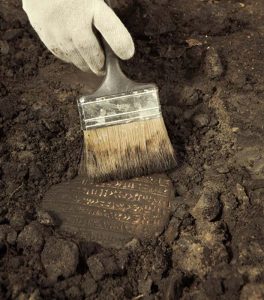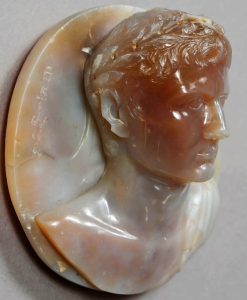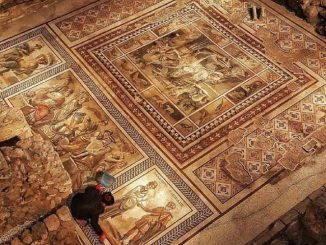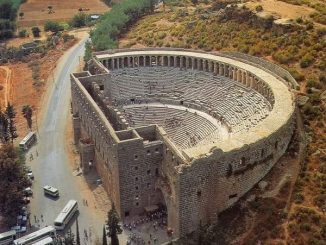Delving into Ancient Shackles
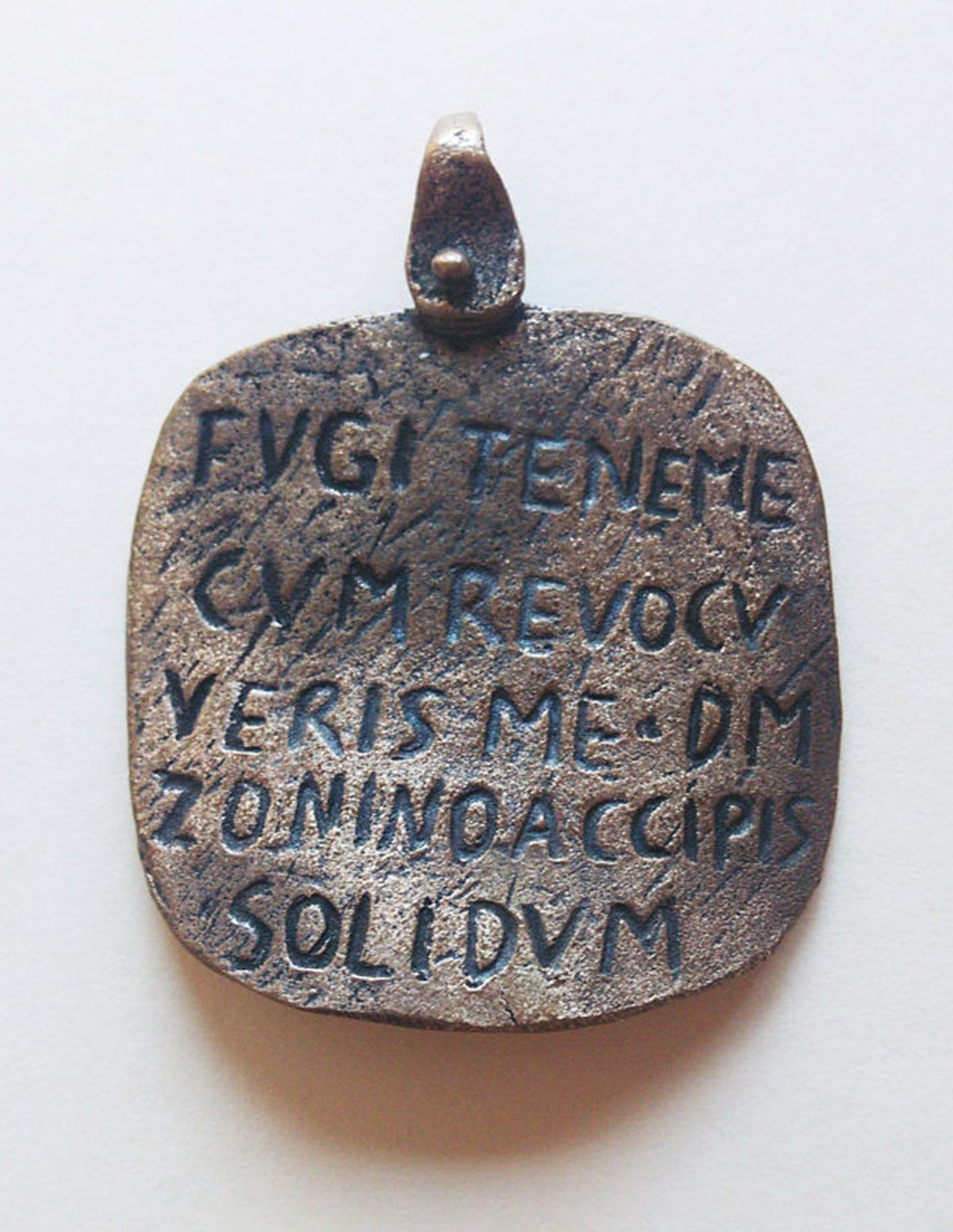
In the annals of history, the Roman Empire stands as a colossus of power and influence, shaping the course of civilization for centuries. Yet, beneath its veneer of grandeur and glory lies a darker reality: the institution of slavery. One of the enduring symbols of this oppressive system is the Roman Iron Slave Collar, a stark reminder of the subjugation and exploitation endured by countless individuals during the empire’s reign. In this exploration, we delve into the origins, significance, and implications of this artifact, shedding light on a chapter of human history often overlooked but crucial to our understanding of the past.
Unraveling the Enigma: Origins and Design
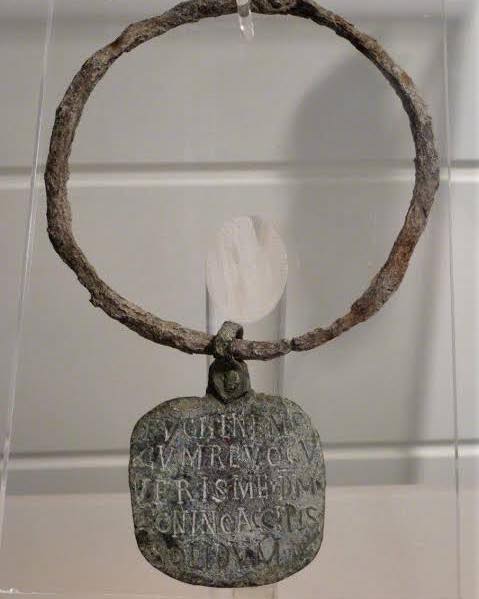
The Roman Iron Slave Collar, dating from the 4th to the 6th century AD, was a chilling manifestation of the pervasive nature of slavery in ancient Rome. Crafted from sturdy iron and designed to encircle the neck of the enslaved, these collars were both a physical restraint and a symbolic representation of ownership and control. Typically adorned with inscriptions or markings identifying the owner or issuing authority, these collars served as a stark reminder of the power dynamics inherent in Roman society, where the lives and liberties of individuals were often at the mercy of their masters.
Confronting a Painful Legacy: The Human Cost of Slavery
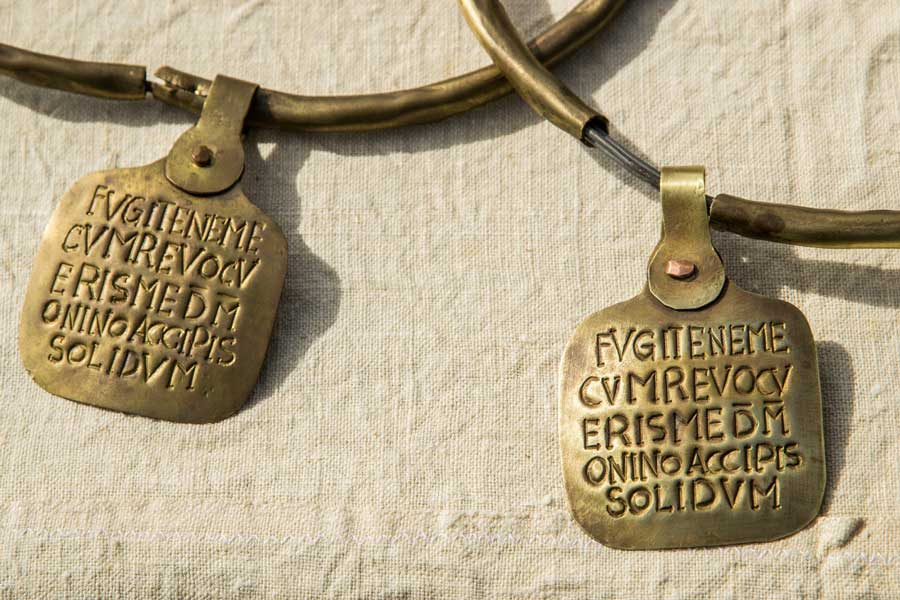
The existence of the Roman Iron Slave Collar forces us to confront the grim reality of slavery in antiquity and its enduring legacy of exploitation and suffering. For those condemned to wear these shackles, life was defined by toil, hardship, and the constant threat of punishment. Denied basic rights and freedoms, slaves were treated as mere commodities, bought and sold at the whim of their owners. The collar, with its cold, unyielding grip, served as a constant reminder of their status as property, stripping away their humanity and dignity in the eyes of society.
Preserving the Past: The Role of Archaeology in Uncovering Truth
As archaeologists unearth artifacts like the Roman Iron Slave Collar, they play a vital role in piecing together the puzzle of human history and exposing the injustices of the past. Through meticulous excavation and analysis, these scholars shine a light on the lives of those who lived in the shadows of oppression, giving voice to the voiceless and ensuring that their stories are not forgotten. The study of such artifacts allows us to confront uncomfortable truths about our shared history and serves as a reminder of the importance of compassion, empathy, and social justice in the present day.
Reflecting on the Lessons of the Past: A Call to Action
In conclusion, the Roman Iron Slave Collar stands as a sobering testament to the darkest depths of human cruelty and exploitation. Yet, even as we confront the painful realities of the past, we are reminded of the resilience and resilience of the human spirit. As we reflect on the lessons of history, let us strive to build a future where freedom, dignity, and equality are afforded to all. Through education, advocacy, and empathy, we can honor the memory of those who suffered under the yoke of slavery and work towards a more just and equitable world for generations to come.
